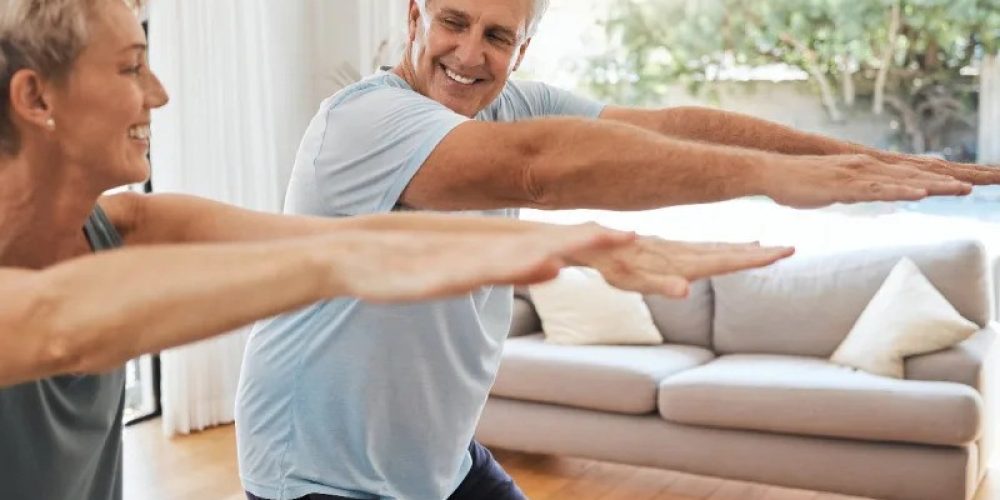These moves will keep your lower body strong and powerful.As you grow older, preserving strength in your lower body becomes more important than ever. To help us learn more about the top-recommended exercises for lower-body strength as you age, we spoke to Tonal coach Tanysha Renee.When it comes to lower-body strength, Renee explains, “Evidence has linked leg strength with longevity … One thing to note is that it’s not simply the mass of a person’s leg but, specifically, how strong the muscles are that lend to a longer lifespan.”
According to Harvard Health Publishing, if you don’t incorporate strength training into your exercise routine, you can lose anywhere from four to six pounds of muscle every 10 years. Your strength helps you in so many ways, from performing daily tasks to keeping you from a fatal or serious injury to slowing down bone loss to controlling your blood sugar. Strength training really helps you to live longer.
Strong leg muscles are a great indication that a person maintains an active lifestyle, which is so important to remain healthy and push off mortality.
Knowing we have some control in the outcome should make us all excited to get moving, Renee tells us.
To stay at the top of your strength game, Renee shares her top exercises that will keep your lower body strong and powerful. Adding them to your routine can actually bring performing activities to a new, healthy level. As you get better, feel free to add weights to some of your exercises!
Keep reading for the five best exercises for lower-body strength, and next, don’t miss The Best Leg-Strengthening Exercises for Seniors.
1. Lunges
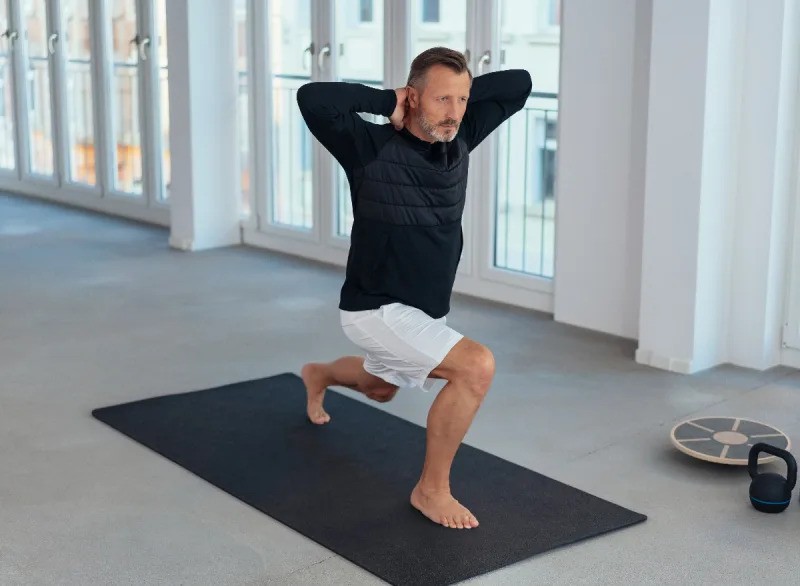
From reverse lunges to walking lunges to side lunges, there’s great variety when it comes to this exercise. According to Renee, “Lunges promote strong glutes, hamstrings, and core.”
To perform a classic forward lunge, you don’t need any equipment. But to up the challenge, you can hold a lightweight dumbbell in each hand. Position your feet shoulder-width distance apart, PureGym instructs. Bring one leg forward as you descend into a lunge. Use your front heel to drive yourself back up to standing before performing the next rep.
2. Step-ups
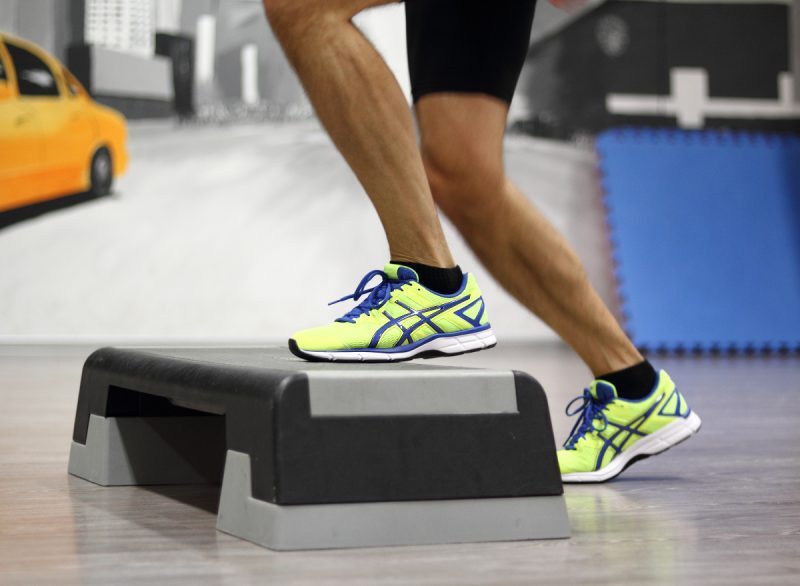
Step-ups will bump up the strength of your quads, hamstrings, and glutes. They will also challenge your balance and ankle mobility, Renee explains.
For step-ups, use a step height that lets you perform the exercise with control, according to PureGym. Press yourself up through the leg that’s placed on the step. Then, gradually come back down to the floor. Repeat the same motion with your other leg.
3. Plank Climbers
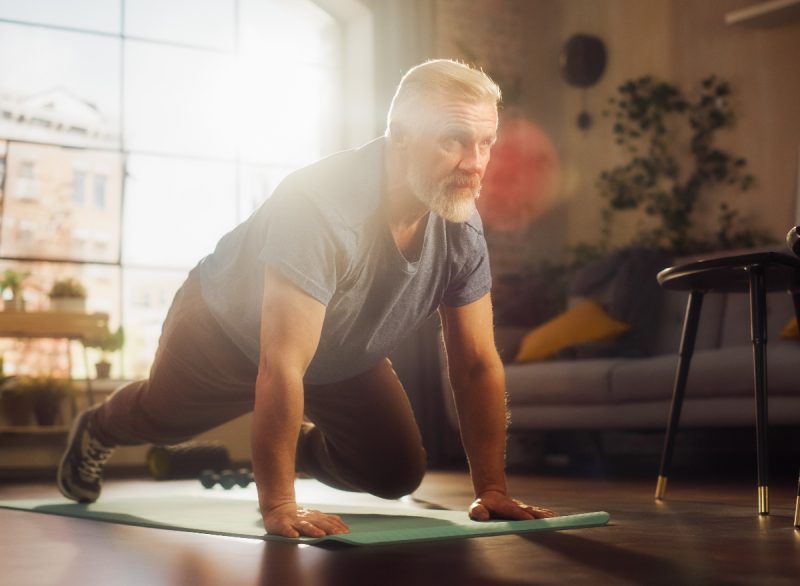
By performing plank climbers (or mountain climbers) you’ll improve stability in your upper and lower body. Renee assures that with this exercise your hip flexors, hamstrings, glutes, and quads.
To set up for mountain climbers, PureGym instructs you to get into a high plank/pushup position. Place your hands shoulder-width distance apart on the floor; they should be aligned with your shoulders. Then, in a quick manner, bring your right knee up to your chest before bringing it back to the starting position. Repeat with the other leg as you quickly alternate.
4. Squats
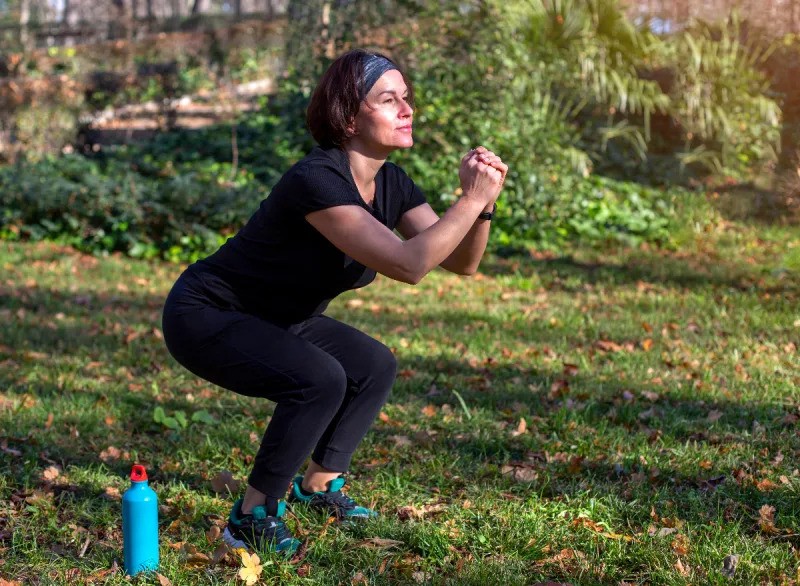
Renee refers to squats as “the leader of the pack so to speak.” Squats will result in strong glutes and quads, which are quite necessary for extending your knees.
Renee adds, “If you want to run, jump, or walk proficiently and for a long while, this is the move to keep you going. Another exercise with options for variation to keep it fun all while building mobility in the hips, knees, and ankles.”
To perform bodyweight squats, you’ll bend both knees and hinge your hips back, PureGym explains. When you descend into a squat, press your knees out. Your arms can be placed by your sides, out straight in front of you for stability, or kept close to your chest. Press through both feet to rise back up.
5. Glute Bridge
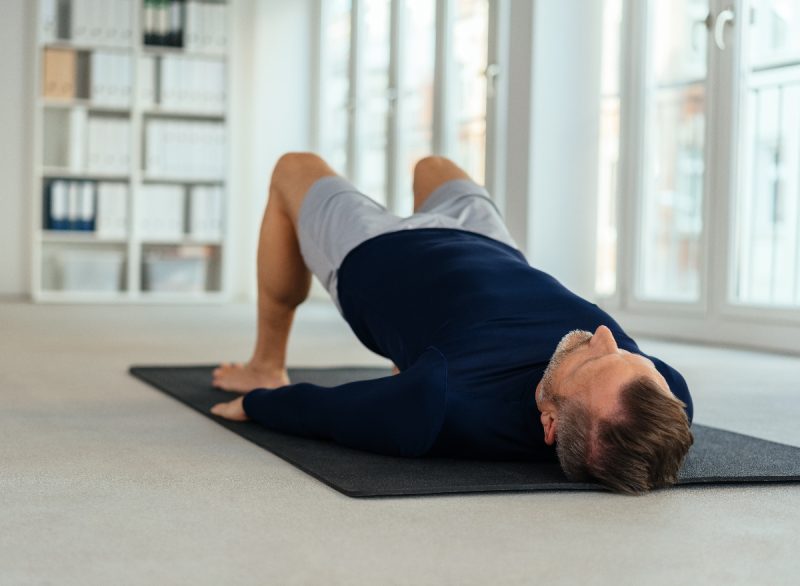
Gear up for the last of our top exercises for lower-body strength. The glute bridge is an easily accessible movement since you can do it in an elevated position or on the floor.
According to WebMD, to set up for glute bridges, you’ll lie down on the floor with bent knees and flat feet. Your arms can be placed by your sides with palms facing up. Slowly bring your hips up toward the ceiling as you activate your glutes and squeeze your core. Don’t arch your back! Remain at the top of the position for a moment, squeezing those glutes, before descending to the ground.
Strong glutes can take pressure off of the lower back and spine as well as increase extension through the hip joint. This all translates to better posture and balance, Renee says.

